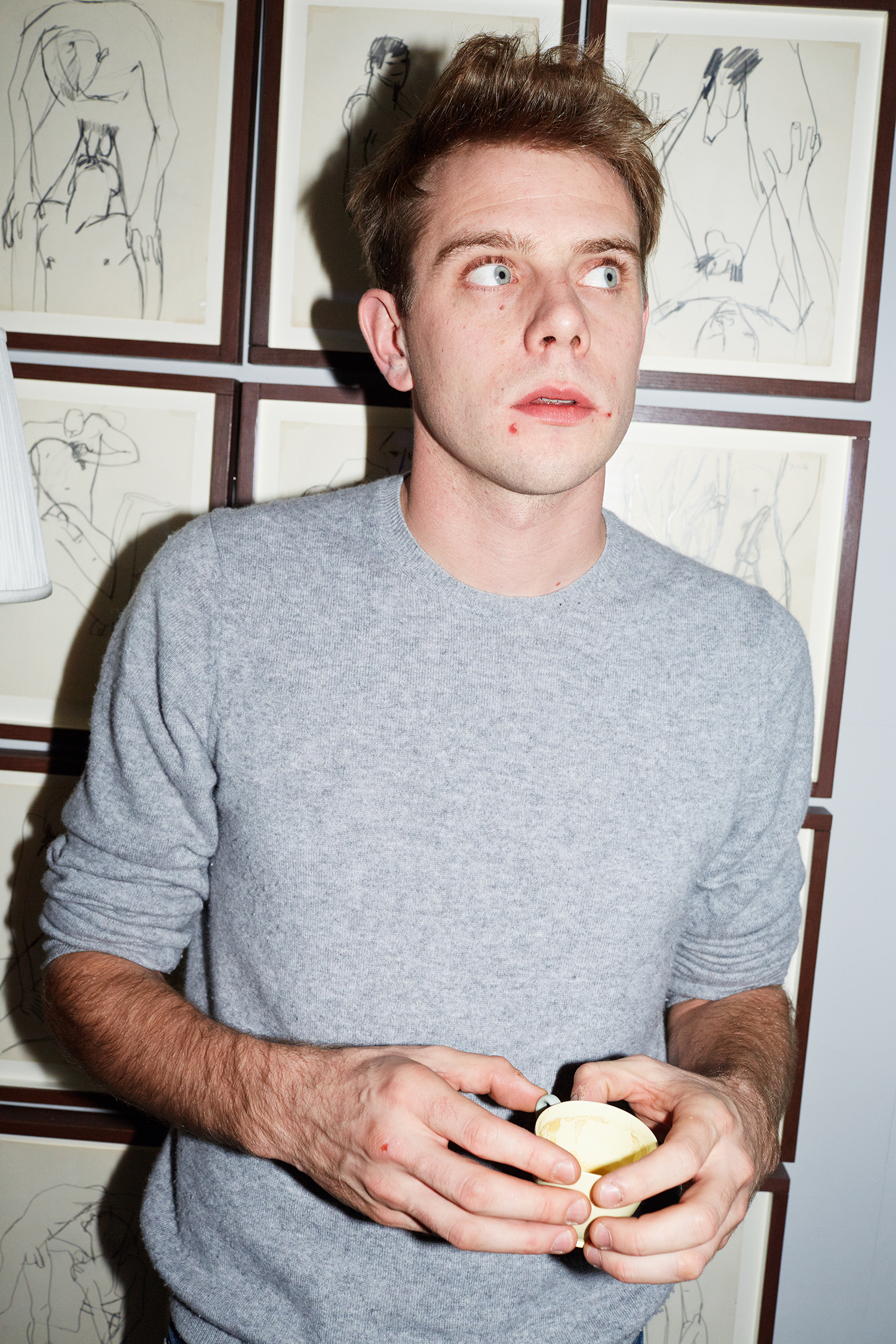Purple Magazine
— S/S 2015 issue 23
Jonathan Anderson
 portrait by JUERGEN TELLER
portrait by JUERGEN TELLER
the neo-minimalist
interview by OLIVIER ZAHM
portraits by JUERGEN TELLER
fashion story by OLA RINDAL
OLIVIER ZAHM — Where did you grow up in Northern Ireland?
JONATHAN ANDERSON — I lived in a town called The Loup until I was 19. It had a population of 12 families. I grew up on my grandparents’ farm. My parents lived next door.
OLIVIER ZAHM — Do you like it there?
JONATHAN ANDERSON — It’s very green, very gray, and there’s not much sunshine. It’s a very beautiful country because the horizon is very different from, say, Madrid or Paris. You have a lot of open space, but because it rains a lot, I always think of color there as very subdued. There’s no such thing as vivid colors, unless you go into a city like Belfast. Then walls are painted, and these kind…